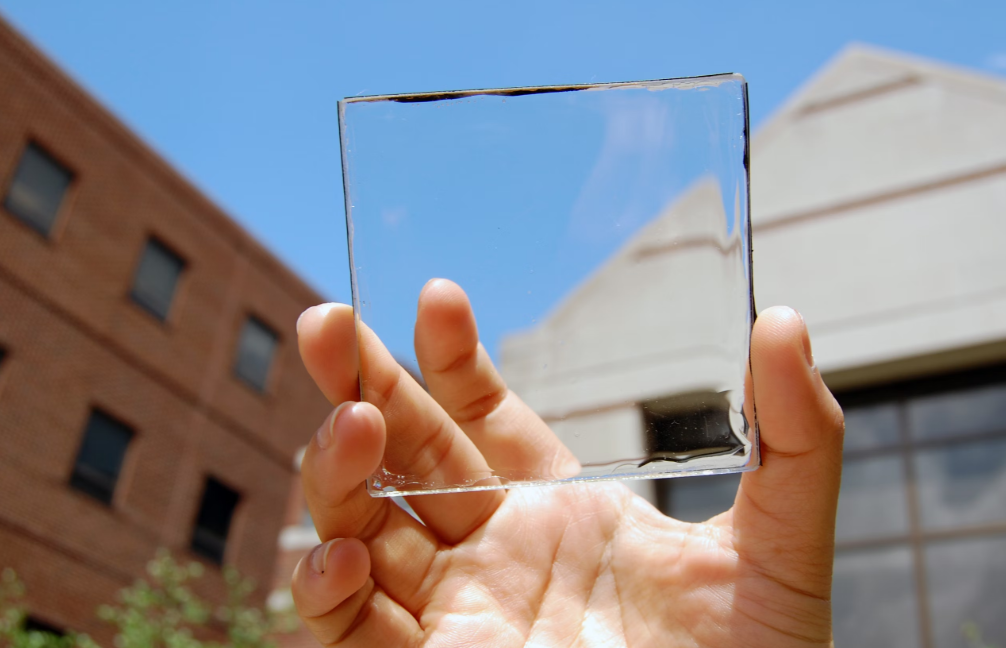As the world increasingly turns to sustainable energy solutions, innovative technologies are emerging to meet the growing demand for renewable energy. One of these innovations is photovoltaic solar glass, a breakthrough material that integrates solar power generation into building design. This article explores the concept of photovoltaic glass, its applications in sustainable buildings, and its potential to revolutionize the way we harness the sun’s energy.
Learn about photovoltaic glass
Photovoltaic glass, also known as solar glass, is a type of glass embedded with photovoltaic cells. These cells are able to convert sunlight into electricity, making glass not only a functional building material but also a source of renewable energy. The technology of photovoltaic glass allows it to be used in a variety of areas, including windows, facades and skylights, effectively transforming traditional building elements into power-generating surfaces.
The role of photovoltaic glass in sustainable buildings
Sustainable buildings aim to minimize environmental impact while maximizing energy efficiency. Photovoltaic glass plays a vital role in achieving these goals, offering several key advantages

- Energy Production: One of the most significant advantages of photovoltaic glass is its ability to generate electricity. By integrating solar technology directly into building materials, architects and builders can create buildings that generate their own energy, reducing dependence on fossil fuels and lowering greenhouse gas emissions.
- Aesthetics: Photovoltaic glass is available in a variety of designs and finishes that blend seamlessly with modern architectural styles. This aesthetic diversity means that sustainable buildings can retain their visual appeal while also incorporating power generation capabilities.
- Space efficiency: Traditional solar panels require dedicated rooftop space, which can be limiting in urban environments where space is at a premium. Photovoltaic glass can be installed on windows and exterior walls, maximizing power generation without sacrificing valuable space.
- Thermal performance: In addition to generating electricity, photovoltaic glass can also improve the thermal performance of a building. By controlling the amount of sunlight entering a building, it can help regulate indoor temperatures, reducing the need for heating and cooling systems, further reducing energy consumption.
Challenges and future prospects
Despite its many advantages, photovoltaic glass faces challenges in its widespread adoption. Its initial installation costs may be higher than traditional building materials, and photovoltaic glass may not yet be as efficient as traditional solar panels. However, continued research and technological advances are expected to increase efficiency and reduce costs.
As the demand for sustainable building solutions continues to grow, the future of photovoltaic glass looks bright. Innovations in materials science and engineering promise to lead to more efficient and cost-effective solutions, making it an increasingly viable option for architects and builders.
in conclusion
Photovoltaic solar glass represents a major advancement in the quest for sustainable architecture. By integrating energy production into building materials, it offers a unique solution to the challenges of urbanization and climate change. As the technology continues to develop, photovoltaic glass is expected to revolutionize the way we design and build buildings, paving the way for a more sustainable future.
Post time: Jul-26-2025
